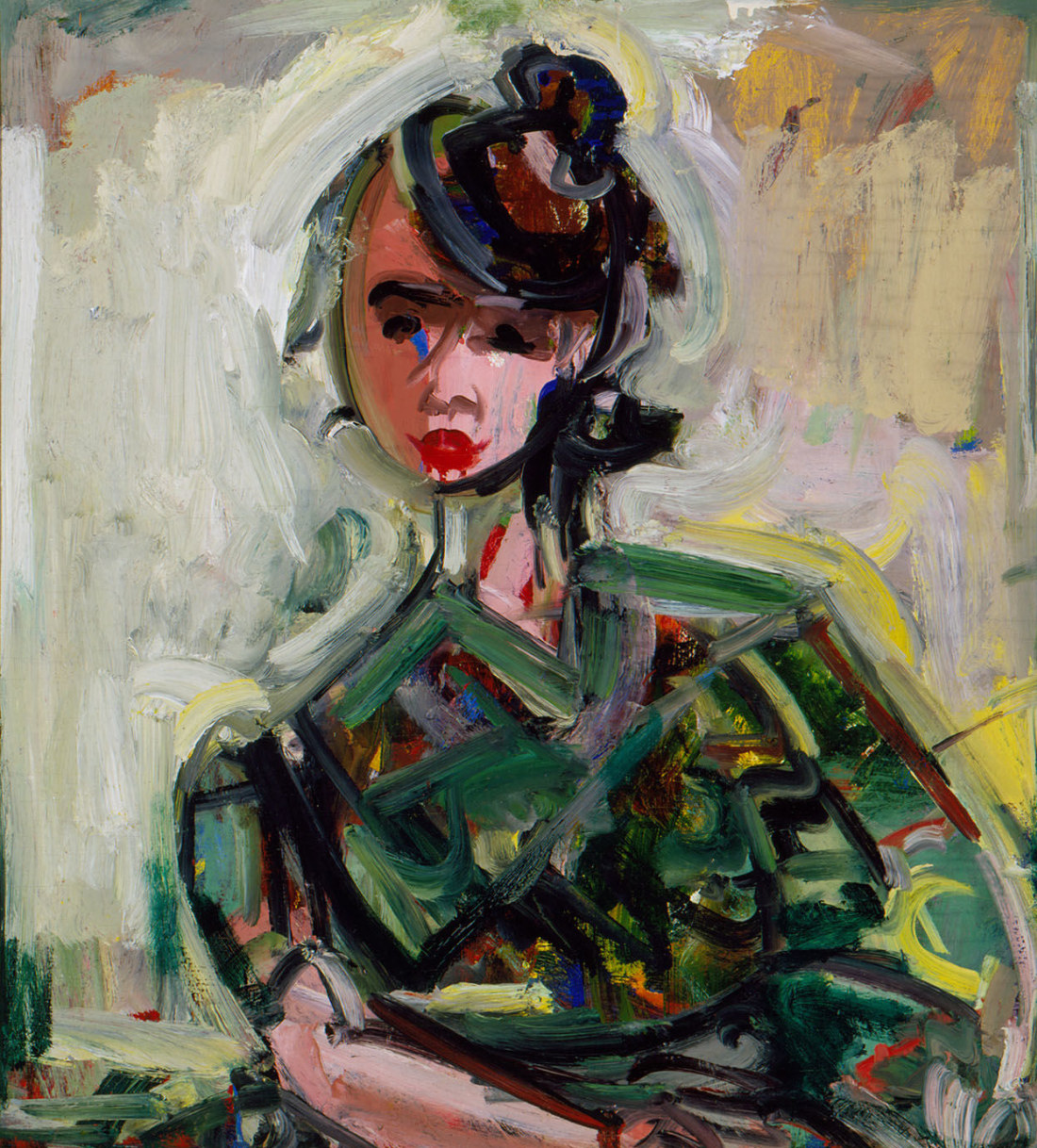(1880 - 1966)
Known as the most brilliant and influential art teacher of the twentieth century, Hofmann was the main conduit for the transmission of European Modernism to America. Raised in Munich, Hofmann began his artistic education at various art schools in 1898. Hofmann eventually found his way to Paris, where he attended the Académie Colarossi and the Académie de la Grande Chaumière from 1904 to 1914, and met Georges Braque, Pablo Picasso and other Cubists and became a close friend of Robert Delaunay. Hofmann opened his first art school in Munich after the outbreak of World War I. During the summer of 1930, Hofmann traveled to America to teach at the University of California, Berkeley, and by 1932 he would permanently settle in the United States. The following year, Hofmann opened his first school in New York, which was succeeded in 1934 by the Hans Hofmann School of Fine Arts. In 1935, he established a summer school in Provincetown, Massachusetts. Hofmann continued teaching until his retirement in 1958.
Hofmann's works are held in the permanent collections of museums including the UC Berkeley Art Museum; Metropolitan Museum of Art, the Solomon R. Guggenheim Museum, the Whitney Museum and the Museum of Modern Art, New York; the San Francisco Museum of Modern Art; Boston Museum of Fine Arts; the Art Institute of Chicago; the Städtische Galerie im Lenbachhaus, Munich; the Museu d'Art Contemporani, Barcelona; and the Tate Gallery, London, amongst many others.

Hans Hofmann
Girl in Green
30 x 25 inches
oil on panel
1936